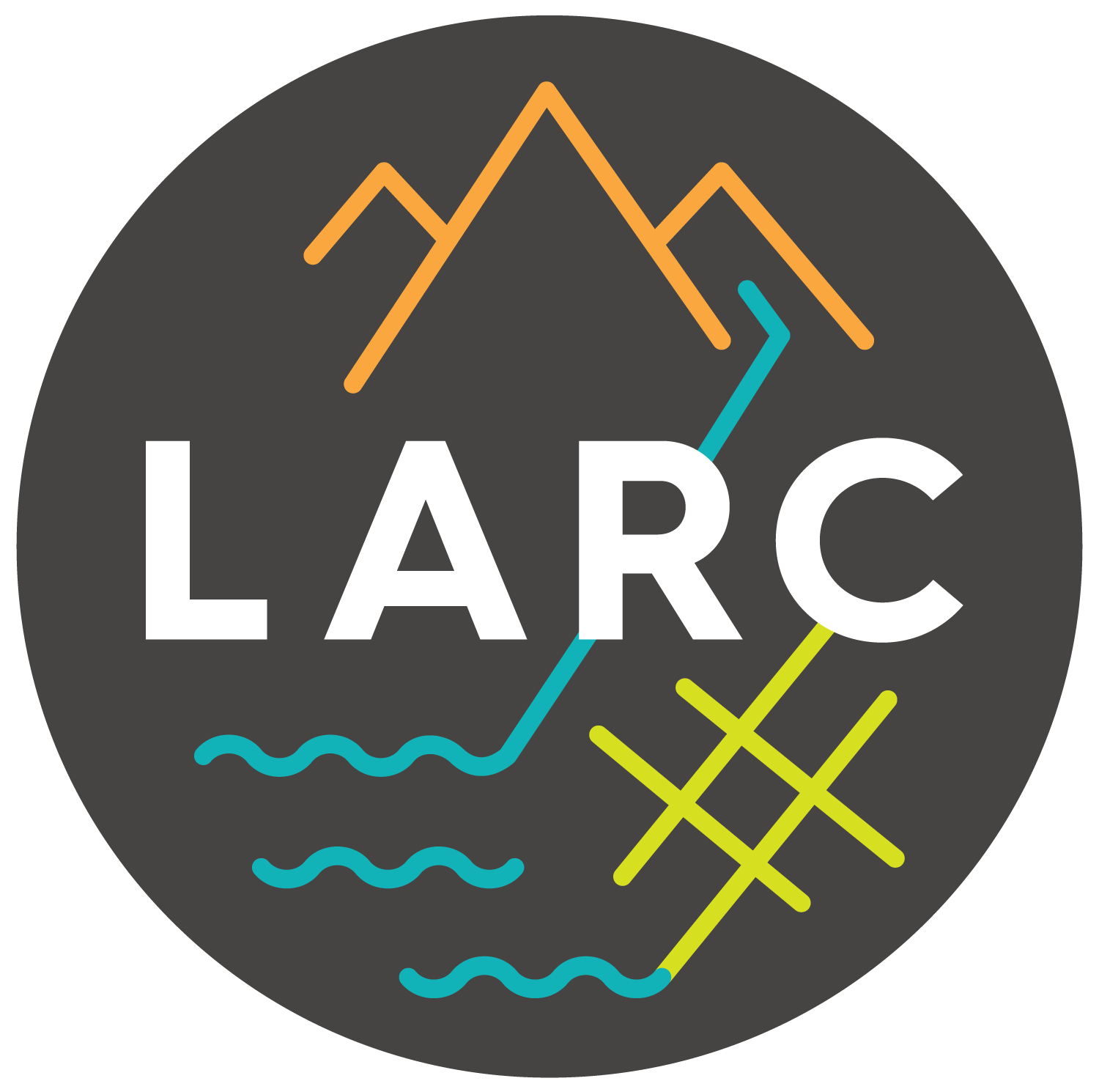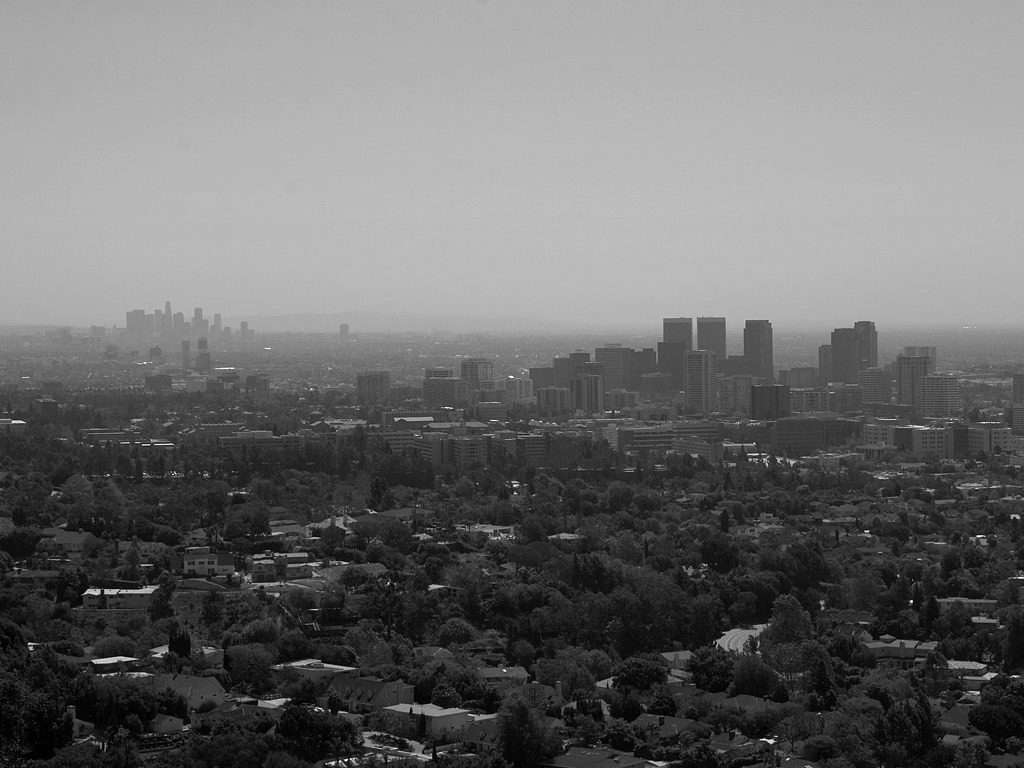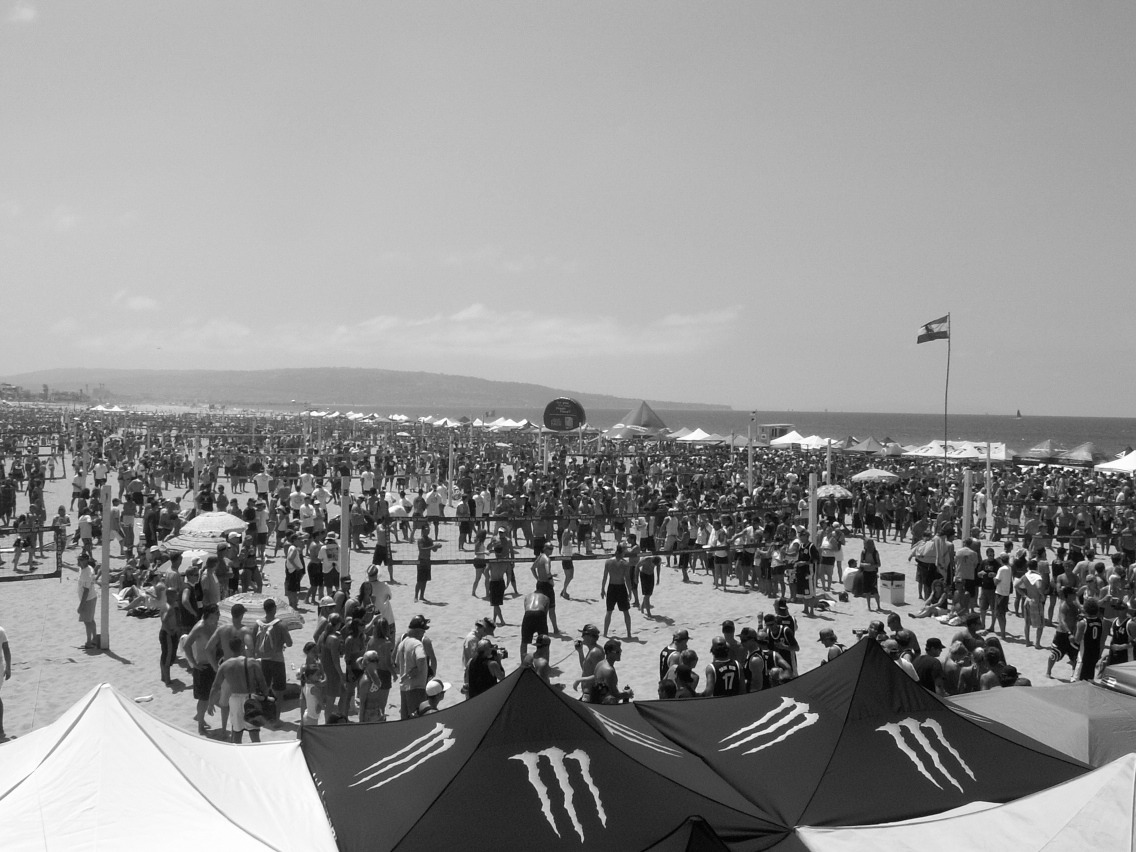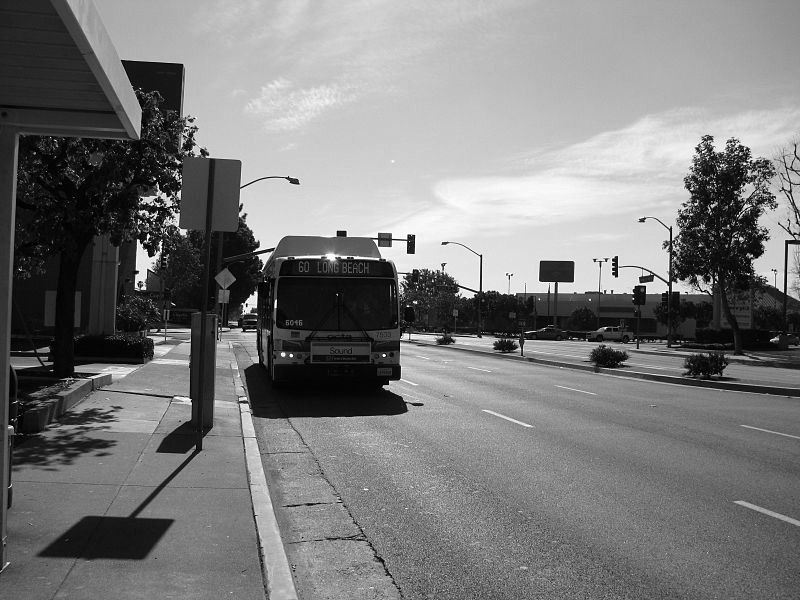Temperature Increase
In late June, the average high temperature in Venice Beach is a crisp 69°F. If there is a strong onshore breeze, beachgoers are often found swathed in sweaters. Across the Hollywood Hills in Burbank, the average high is 84°F, ideal for wearing shorts and dining al fresco. Further inland on the other side of the San Gabriel Mountains in Lancaster, the average rises to 95°F. Air conditioning – at home, in the car, at work – is the preferred option. On June 30, 2013, Lancaster set a all-time high record of 115°F while Venice luxuriated in a relatively balmy 86°F.
Models predict that climate change will raise temperatures roughly 4.6°F averaged over the Los Angeles region. All locations in the County are most likely to warm. However, the increase will differ by topographic location – high elevations and inland areas separated from the coast by at least one mountain complex are projected to warm 20-50% more than the coast. This warming contrast between coastal and inland zones has a large effect on the most likely expected number of extremely hot days per year: 2-3 times greater in locations along the coast and in the Los Angeles basin, and 3-5 times greater at high elevations and inland areas. The record high recently set in Lancaster may not last long.
Why It Matters
- Mortality from heat waves
- Increased wildfire risk
- Transportation damage (trains, pavement, etc)
- Health- air quality (more spores in the air, lower-level/ground level ozone)
- Increase in vector-borne diseases (very sensitive to rainfall, temperature and humidity)
- Increase for food-borne illness, especially for seafood




